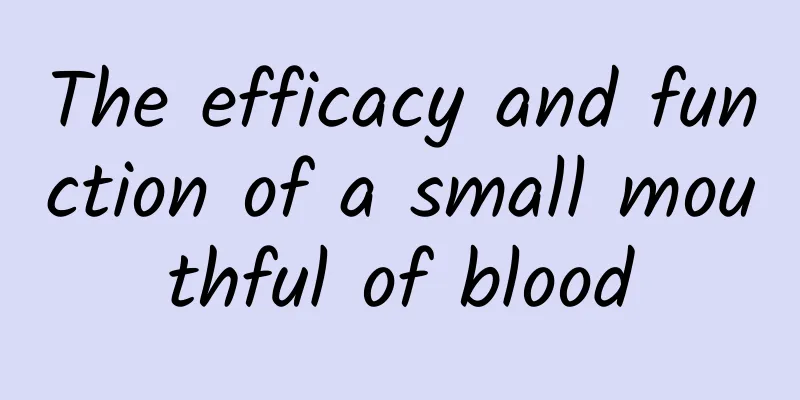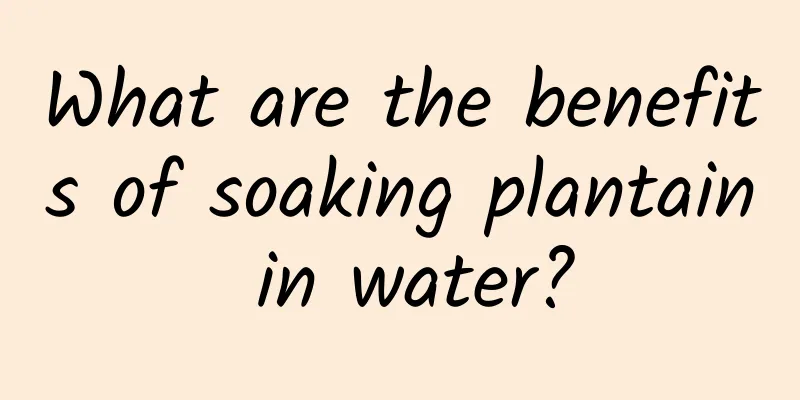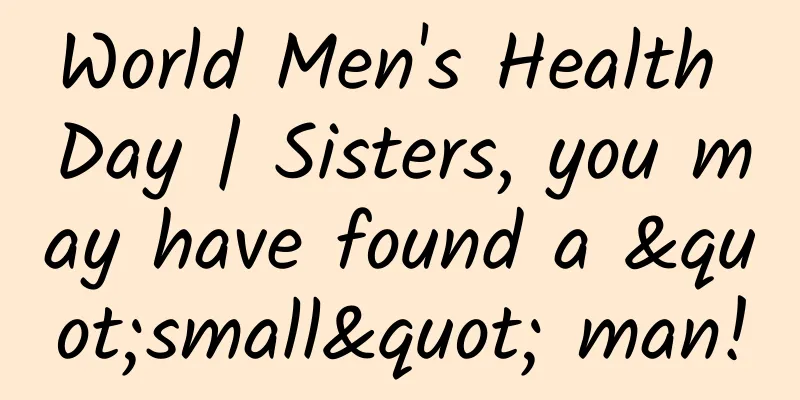The efficacy and function of long stem grass

|
Traditional Chinese medicine is a Chinese tradition. For many Chinese people, seeing a Chinese doctor and taking Chinese medicine when they are sick is their tradition and habit. Therefore, Chinese medicine is liked by many people. Long-stemmed Paicao is a common Chinese medicinal material. Let's learn about it together below. 【Other name】 Long-stalked Coptis chinensis [Source] Medicinal material source: the whole herb of Passerine rhizome, a plant of the Primulaceae family. [Original form] Annual herb, 35-75cm tall. The whole plant is hairless. The stem is usually solitary, cylindrical, straw yellow when dry, and unbranched except for the inflorescence. Leaves are opposite; sessile or nearly sessile; leaf blades are ovate-lanceolate, 4-10cm long, 1.2-3.2cm wide, with apex long acuminate or nearly caudate, base rounded, green above, pink-green below, with dark purple or black glandular dots and short glandular strips on both sides, especially dense along the margins, midrib slightly raised above, lateral veins slender, 4-5 pairs, reticulate veins not obvious. Flowers 4-11 in total in terminal and axillary loose racemes; peduncle slender, 6-12 cm long; pedicel filiform, often nearly horizontally extending, 1-3 cm long; bracts small, subulate, 3-5 mm long, apex acuminate, margin membranous; calyx 5-7 mm long, 5-parted nearly to base, lobes lanceolate, 1.2-1.5 mm wide, with dark purple glandular stripes and glandular dots, margin membranous; corolla yellow, 12-15 mm in diameter, base connate part 1.5-2 mm long, lobes rhombic-ovate to narrowly oblong, about 5 mm long, 3-4 mm wide, apex acute, with obvious veins, upper part often with scattered dark purple short glandular stripes; stamens 5, filaments connate to form a tube 2-2.5 mm high at lower part, separated part 1.5-3.5 mm long, anthers linear-oblong, about 1.2 mm long; ovary superior, glabrous, 1-loculed. Style filiform, 5-6 mm long. The capsule is brown, 3-3.5mm in diameter. The flowering period is May-June, and the fruiting period is June-July. [Habitat distribution] Ecological environment: Grown in the shade of moist forests on hillsides at an altitude of 300-800m, by valley streams and in the shade of rocks. 【Nature and flavor】 Sweet; neutral 【Functions and indications】 Extinguish wind and calm convulsions; astringent and hemostatic. It is used for infantile convulsions, hemoptysis caused by tuberculosis, and bleeding caused by knife wounds. [Usage and Dosage] For oral use: decocted in water, 9-12g. For external use: take appropriate amount and mash fresh product for application. 【Excerpt】 Chinese Materia Medica Through the introduction in the above article, I believe everyone has a certain understanding of long-stemmed Paicao. This is a medicinal material we are very familiar with, but it has many medicinal properties and functions. Therefore, I hope everyone will consume it based on their own situation. |
<<: The efficacy and function of Hundred Eyes Vine
>>: The efficacy and function of poplar leaves
Recommend
What is Gecko
There are many details in life that deserve your ...
The efficacy and function of curled ears
Ear of Curly has a long history, and until now, i...
The "14th Winter" curling competition is hot! If you want to play curling well, you need more than just two brushes
Curling is a traditional winter competition event...
Be confident! Your feeling that "perfume stinks" may be true!
Dizziness, a mysterious phenomenon in the perfume...
Shoveling ice like this will cause the refrigerator to explode. Tell your family and friends quickly!
These days, there is a saying circulating on the ...
Can mugwort be used to bathe babies?
Artemisia is a medicinal herb that can clear away...
Can content generated by AI be used as you wish?
Recently, DeepSeek has gained many fans overnight...
The "Ocean One" in the old captain's diary marks the starting point of my country's ocean-going scientific research!
Model of the research vessel "Dayang No.1&qu...
The efficacy and function of flower leaves
In daily life, people are not only very familiar ...
Congratulations! It’s the first anniversary of Chang’e 5’s launch!
Today is November 24th One year ago today, China&...
Indonesia's e-commerce market is expected to reach a total output value of US$130 billion in 2020
As one of Asia's emerging economies, Indonesi...
Effects and functions of rust
Rust is one of the common traditional Chinese med...
What is happiness? This question has been answered by many people. In fact, Aristotle has already given the answer
© The Collector Leviathan Press: Whenever we talk...
The efficacy and function of Panax notoginseng saponins
Panax notoginseng is also known as Tianqi. Li Shi...
600 million light years away! Scientists have discovered the nearest Einstein ring. What secrets are hidden behind it?
Einstein Ring I saw a news report not long ago sa...









